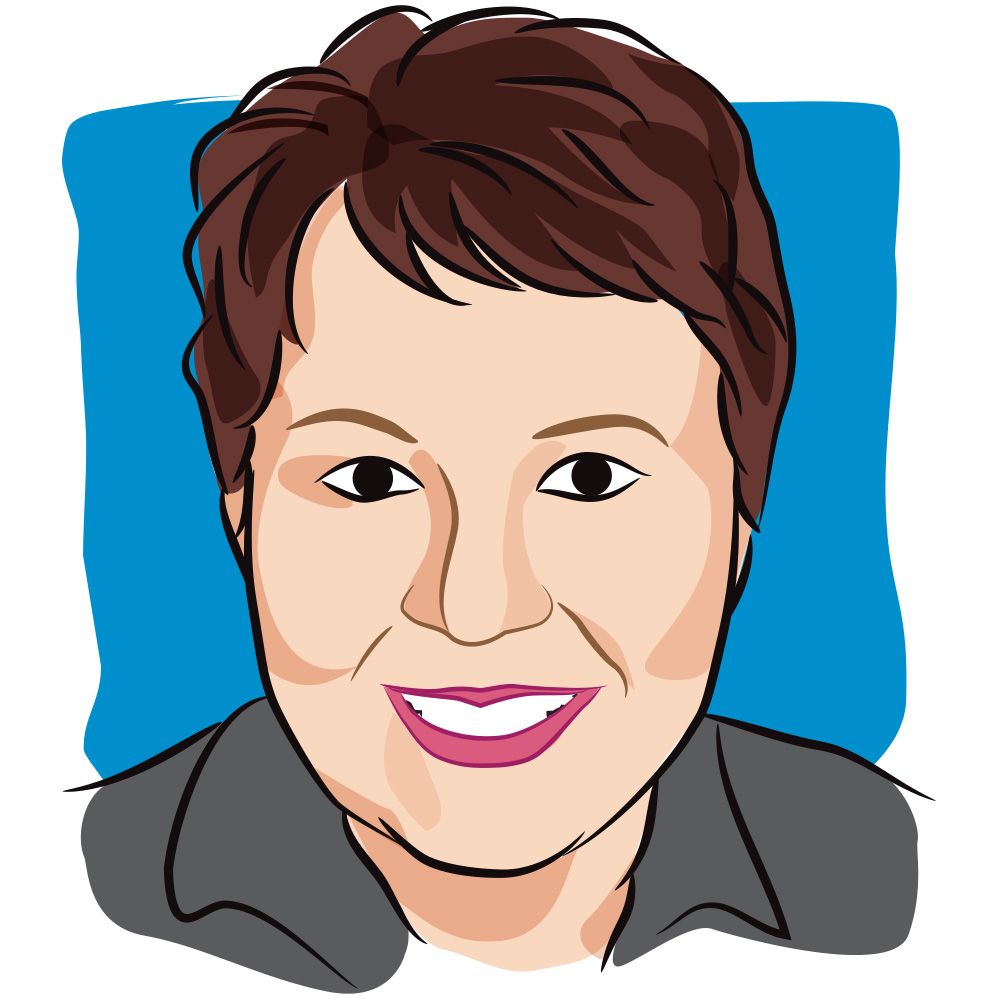Article
A Three-Step Process to Changing Careers After Cancer
Author(s):
Doing a self-assessment, identifying opportunities/obstacles and creating an action plan will help cancer survivors to transition into a new profession, according to one career coach.
Cancer may make people re-evaluate many things in their life — diet, exercise, relationships and career. However, the changes a person wants to pursue don’t always happen overnight.
In a session during Cancer and Careers' ninth annual National Conference on Work and Cancer, Julie Jansen, a career and executive coach, offered tips on how to effectively switch careers.
“Quite frequently at Cancer and Careers we hear people say that after having cancer they no longer feel the work that they have been doing aligns with what is important to them,” said Jansen. “And it’s mostly from a values standpoint and also from a lifestyle standpoint.”
To start the process of changing careers, Jansen recommended following three steps: self-assessment, identify opportunities/obstacles and create an action plan. “Look back at your career and don’t be shy. Think of the areas where you exceled, where people complimented you, where people depended on you, and write them down and look for a pattern,” said Jansen.
Before making any moves, it’s important to evaluate financial needs, timeline and required skills and education. Questions to ask include: Who depends on my income? Are my skills transferable? Can I afford training or the time off it may require?
People should also consider if companies are hiring in the chosen new career, as well as if the job would fit an individual’s values, personality and interests. “You cannot have a personality transplant. You’re born with it,” said Jansen. “Doing work that doesn’t fit your personality is going to be dissatisfying. So even if something looks interesting, make sure it aligns.”
Roadblocks may include age, money, time and lack of experience. “Sometimes obstacles are in your head and they’re not real. Sometimes they’re real,” she said. “You need to make that decision.”
Although opportunities may be limitless, they may not be easy to find. That’s where making connections with people comes in handy, explained Jansen. By managing different relationships people can conduct research and uncover opportunities and leads. “It’s not who you know —which is what people mistakenly say — it’s who knows you,” said Jansen.
Be flexible and work on attitude. For instance, go into an interview with good energy and enthusiasm, don’t be picky about the time of the interview and be open to temporary or contract positions. “There are 3 million people in the temporary workplace in the United States, and according to Career Builder’s 2019 Annual Job Board Task the demand for temporary and part-time employees remains strong,” said Jansen. In many cases, she said, employers use temp hiring to test out who is suitable for long-term jobs.
Goals can be set using the SMART formula: Specific, Measurable, Attainable, Realistic and Timeline. “You have to constantly be tweaking your action plan,” said Jansen. “Run it by people you trust. Run it by people in the industry you’re interested in. If you assess yourself, identify opportunities and obstacles and create an action plan, you will be able to eventually change careers.”



